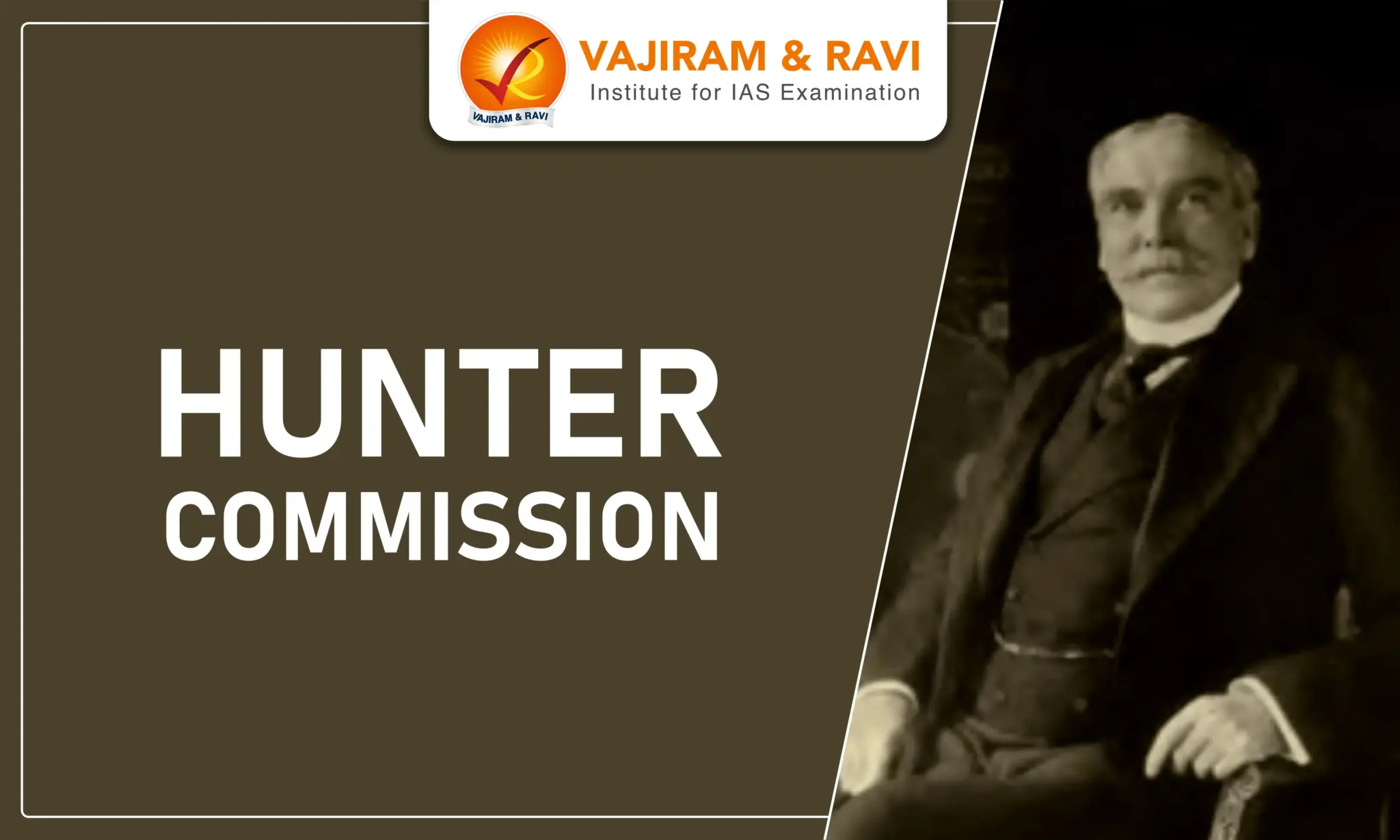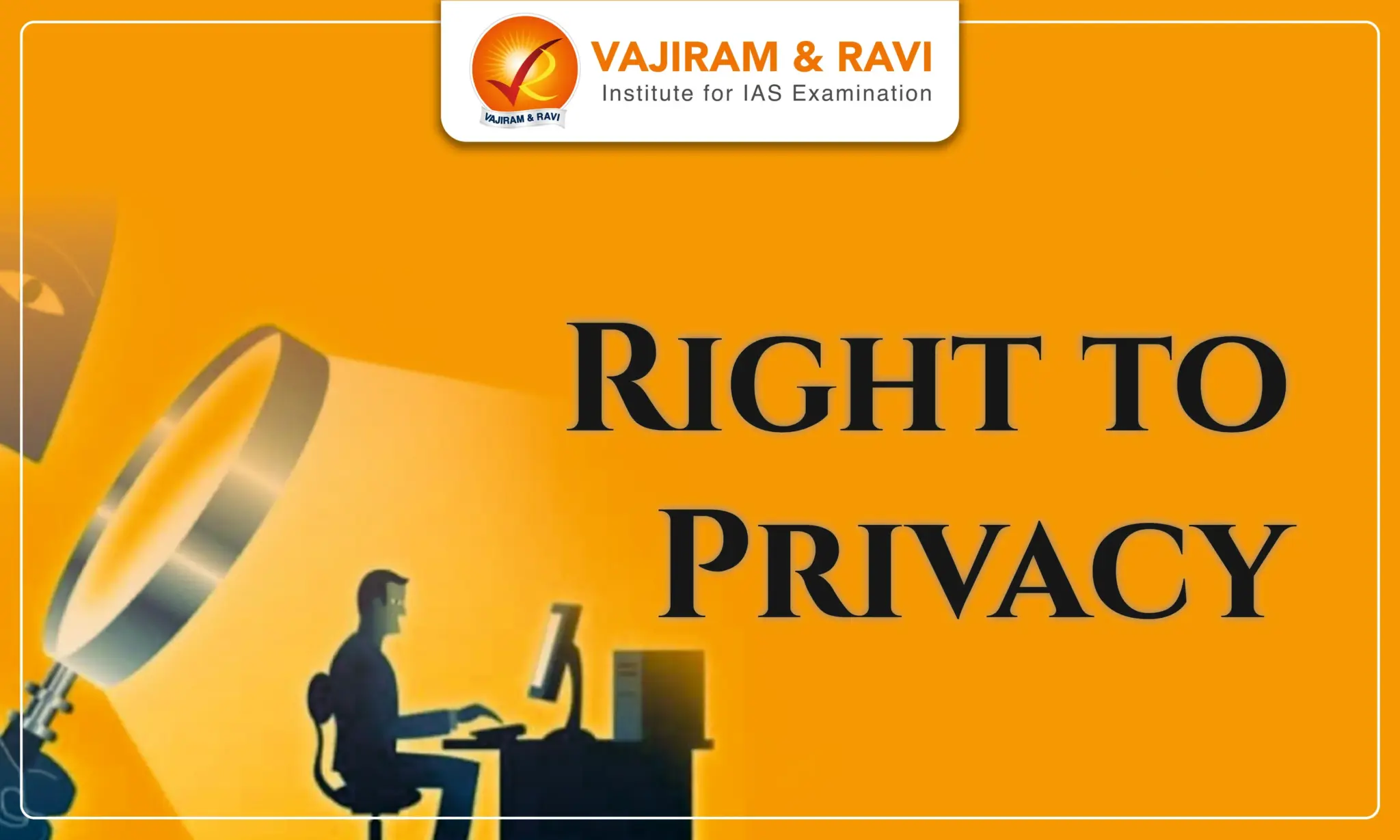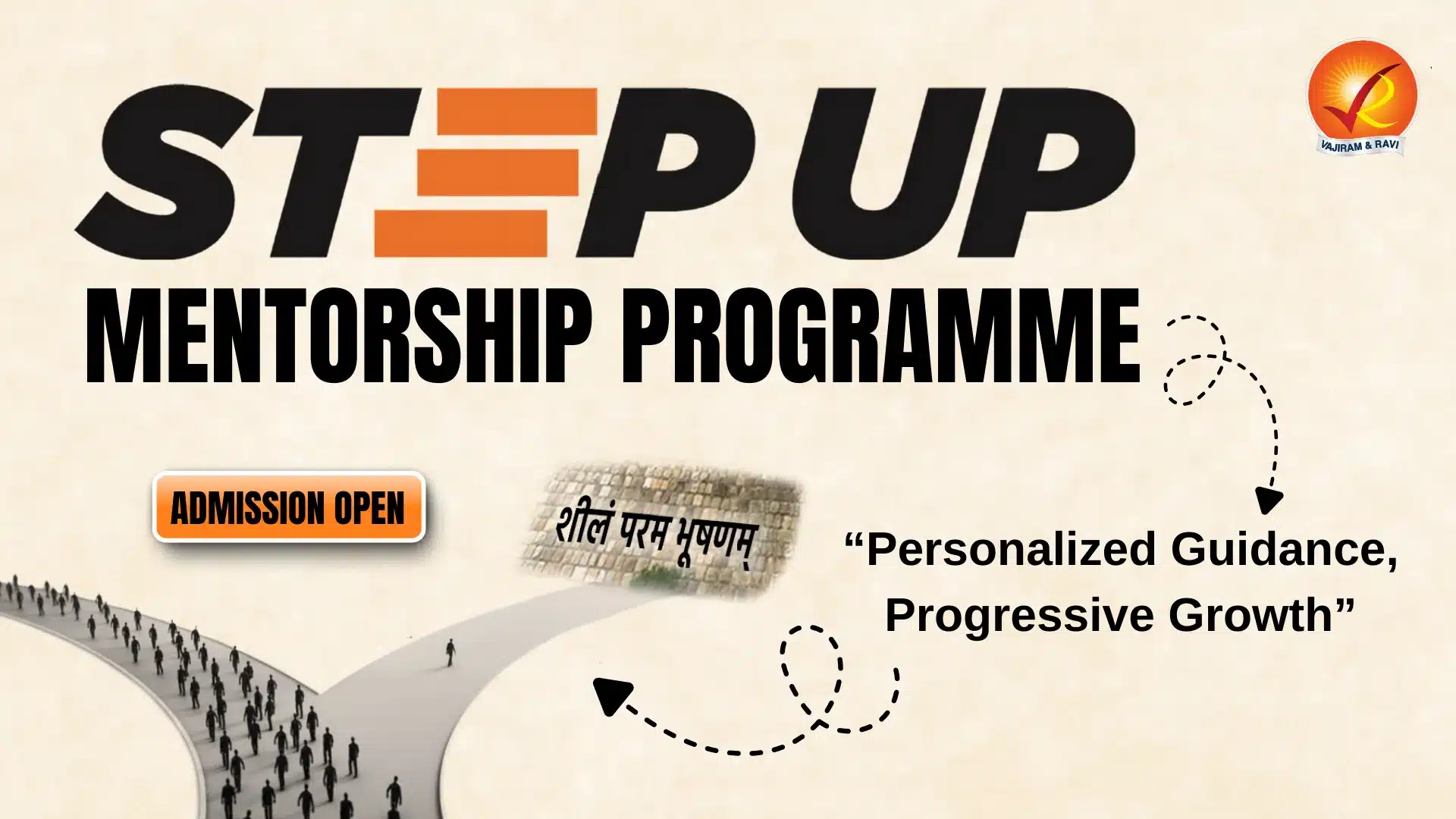The Hunter Commission, officially known as the Hunter Education Commission, marked a significant milestone in British Indian education. This commission, appointed by Viceroy Lord Ripon in 1882, was tasked with addressing implementation issues raised by the Wood's Despatch of 1854, assessing the state of elementary education in British territories, and recommending necessary reforms.
The final report, delivered under Sir William Wilson Hunter's leadership, was instrumental in transforming colonial India's educational landscape.
Hunter Commission Background
Earlier efforts to improve education had largely neglected primary and secondary education. When control of education was transferred to the provinces in 1870, the situation worsened due to their limited resources. In 1882, Lord Ripon, recognising the need for a thorough review, responded by appointing a commission, chaired by Sir William Wilson Hunter, to evaluate the state of education since the Wood’s Despatch of 1854.
- The Hunter Commission focused primarily on improving primary and secondary education, offering key recommendations to enhance accessibility and quality in these areas.
Hunter Commission Members
Lord Ripon, then Viceroy of India, appointed India's first Education Commission on February 3, 1882. Sir William W. Hunter, a member of the Governor General's Executive Council, served as its chairman. As a result, it is known as the Hunter Commission.
- Other members: Syed Ahmed Khan, Haj Ghulam of Amritsar, Anand Mohan Bose, P. Rangananda Mudaliar, Babu Bhudeb Mukherjee, Justice K. T. Telang, and Maharaja Jyotindra Mohan Tagore.
- Dr. W. Miller represented the missionaries in the Commission.
- B. L. Rice, the then-D.P.I. of Mysore, was appointed Secretary of the Commission.
Hunter Commission Objectives
The Hunter Education Commission was appointed in 1882 with the primary goal of reviewing the state of education in India and ensuring the effective implementation of the principles outlined in Wood’s Despatch of 1854. The commission’s mandate extended to several key areas of inquiry:
- Review of Wood's Despatch Implementation: To determine how effectively the 1854 Despatch recommendations were implemented throughout India.
- Assessment of Primary Education: To examine the state of primary education in India and propose reforms to improve it.
- Evaluation of State Institutions: To examine the role, significance, and condition of government-run educational institutions, as well as their contribution to the larger educational system.
- Missionary Contributions: To assess the impact of missionary organisations on education and their role in furthering education in India.
- Government’s Role in Private Education: To investigate the government's stance on private educational enterprises and propose measures to encourage collaboration between the state and private sectors in education promotion.
- Secondary education review: The commission also reviewed secondary education, recommending reforms to improve quality and the addition of vocational training to traditional academic programs.
Hunter Commission Recommendations
The Hunter Commission's recommendations focused on enhancing state involvement in primary education, decentralizing control, reforming secondary education, promoting female education, and expanding universities in India.
- State Involvement in Primary Education: The commission emphasized that the state should take special care in extending and improving primary education and that instruction should be provided in the vernacular languages.
- Transfer of Control to Local Bodies: It recommended the transfer of control over primary education to newly established district and municipal boards, promoting decentralization in educational governance.
- Reform in Secondary Education: Secondary education was to be divided into two streams:
- Literary: Preparing students for university education.
- Vocational: Tailored to commercial and career-oriented paths.
- Promotion of Female Education: The commission drew attention to the inadequate facilities for female education, particularly outside the presidency towns, and proposed measures to expand education for women.
- Expansion of Universities: The Hunter Commission's recommendations contributed to the establishment of more universities in India, such as Punjab University (1882) and Allahabad University (1887). This period also saw increased participation of Indians in secondary and higher education.
Last updated on December, 2025
→ Check out the latest UPSC Syllabus 2026 here.
→ Join Vajiram & Ravi’s Interview Guidance Programme for expert help to crack your final UPSC stage.
→ UPSC Mains Result 2025 is now out.
→ UPSC Notification 2026 is scheduled to be released on January 14, 2026.
→ UPSC Calendar 2026 is released on 15th May, 2025.
→ The UPSC Vacancy 2025 were released 1129, out of which 979 were for UPSC CSE and remaining 150 are for UPSC IFoS.
→ UPSC Prelims 2026 will be conducted on 24th May, 2026 & UPSC Mains 2026 will be conducted on 21st August 2026.
→ The UPSC Selection Process is of 3 stages-Prelims, Mains and Interview.
→ UPSC Result 2024 is released with latest UPSC Marksheet 2024. Check Now!
→ UPSC Prelims Result 2025 is out now for the CSE held on 25 May 2025.
→ UPSC Toppers List 2024 is released now. Shakti Dubey is UPSC AIR 1 2024 Topper.
→ UPSC Prelims Question Paper 2025 and Unofficial Prelims Answer Key 2025 are available now.
→ UPSC Mains Question Paper 2025 is out for Essay, GS 1, 2, 3 & GS 4.
→ UPSC Mains Indian Language Question Paper 2025 is now out.
→ UPSC Mains Optional Question Paper 2025 is now out.
→ Also check Best IAS Coaching in Delhi
Hunter Commission FAQs
Q1. What is the Hunter Commission?+
Q2. Who was the chairman of the Hunter Commission in 1882?+
Q3. Which is the first education commission in India?+
Q4. Who was the Governor-General during the Hunter Commission?+
Q5. What was the main objective of the Hunter Commission in 1882?+
Tags: hunter commission quest

















